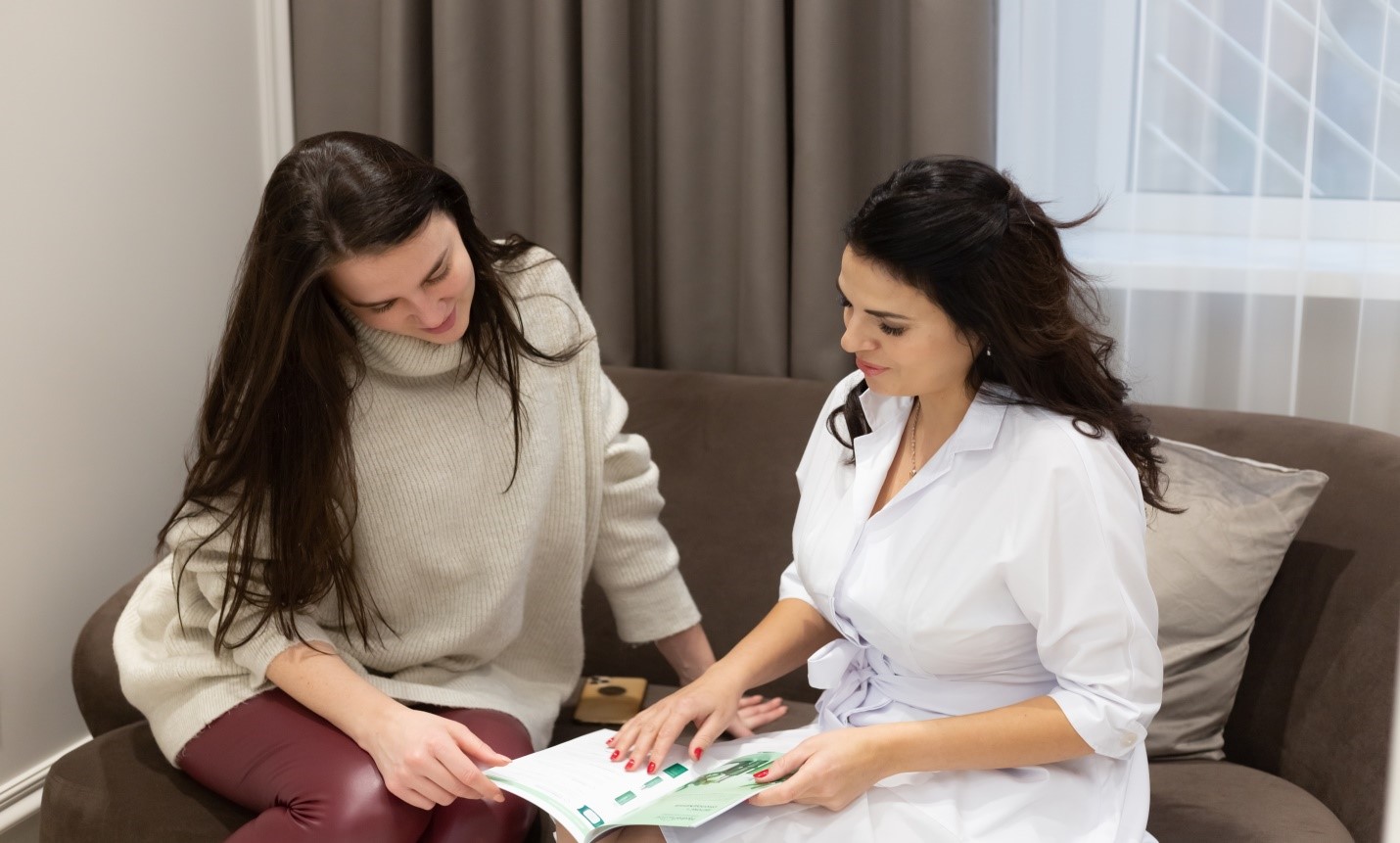Opening Your Heart to Healing
Starting trauma therapy can feel like standing at the edge of a river you’ve never crossed. The water looks wide. You wonder if it’s safe to step in. But with the right guide, you learn to cross slowly, one step at a time.
Many women worry: “Will my therapist understand me? Will I have to relive my pain?” In reality, therapy is gentle. You share only what you want, and the therapist creates a safe place for you to breathe, pause, and heal.

Talking at Your Pace
Some women sit in silence during the first session. Others start talking right away. Both ways are okay. Trauma therapy is not a test. There are no wrong answers.
One woman explained:
“In the beginning, I could only say a few words. My therapist told me, ‘That’s enough for today.’ That made me feel safe.”
Over time, her words came easier. Therapy is like opening a book—one page at a time, not the whole story at once.
For more on pacing yourself, see What to Expect from Trauma Recovery Therapy.
Feeling Safe and Grounded
When past trauma makes you feel shaky, grounding tools bring you back to the present. A therapist may guide you through simple steps like:
- Five Senses Scan: Look, listen, touch, smell, taste—one thing for each sense.
- Hand Over Heart: Place your palm on your chest. Feel your heart beat. Remind yourself, “I am here. I am safe.”
- Breathe Counting: Inhale, count to 4. Exhale, count to 6. Repeat.
One client shared:
“When memories came, I felt like I was back in the past. My therapist taught me to press my feet into the ground. It reminded me I’m here, not there.”
Understanding Your Story
Trauma therapy is not about digging up every memory; it’s about how to lower your stress by understanding how the past shows up in your present.
For example:
- A woman who avoids crowds may realize it comes from feeling unsafe as a child.
- Another who struggles with trust may connect it to past betrayal.
When you see these links, you stop blaming yourself. Instead, you say, “Oh, this makes sense.”
As one therapist says:
“Understanding is the first step toward freedom. You don’t have to stay stuck in a story that hurt you.”

Finding What Helps You Heal
No two women heal in the same way; that’s why therapists try different approaches.
- Cognitive Behavioral Therapy (CBT): Teaches you to replace harsh thoughts like “I’m weak” with gentle truths like “I survived, and I’m healing.”
- EMDR: Uses guided eye movements to help your brain process trauma without reliving it.
- Mindfulness: Helps you focus on the present, not the painful past.
- Expressive Therapies: Drawing, painting, or journaling lets you say things words can’t.
More ways to learn about therapy types, see Best Therapy Styles for Trauma.
Simple Take-Home Exercises
Therapy gives you tools to use between sessions. Here are a few more to try:
- Safe Place Visualization: Close your eyes. Picture a place where you feel calm, a beach, a park, or your grandmother’s kitchen. Imagine the sounds, smells, and feelings. Visit this place in your mind when stress rises.
- Feelings Journal: Each night, write down one word that describes your day. With time, you’ll see patterns.
- Kindness Letter: Write a short note to yourself as if you were a dear friend. Start with: “Dear me, you are doing your best.”

Working at Your Pace
Healing is not a straight line. Some weeks, you feel strong. Other weeks, you feel like you’re back at the beginning. That’s normal.
One therapist explains:
“Think of healing like climbing a hill. Some days you go up fast. Other days, you pause. The important part is, you’re still climbing.”
Seeing Change in Daily Life
Over months of therapy, many women notice small but powerful shifts:
- Smiling without forcing it
- Sleeping through the night
- Saying “no” without guilt
- Feeling safe in their own skin
A client shared:
“I used to wake up in panic. Now, I wake up and stretch. That small change tells me I’m healing.”
More Tools for Coping between Sessions
Life doesn’t pause between therapy visits. Here are more tools to steady yourself:
- Comfort Box: Fill a box with calming items—tea, a photo, a soft scarf, or a scented candle.
- Breathing Square: Draw a square. Trace each side with your finger while breathing: in, hold, out, hold.
- Self-Compassion Break: Put your hand on your heart and say, “This is hard, but I am not alone.”
For more coping tips, check Healing Emotional and Psychological Trauma.
FAQs about Trauma Therapy for Women
Q: How long will it take before I feel better? A: Some notice a change after a few sessions. Others need months. Healing moves at your pace.
Q: Will I be judged for my past?
A: No. A therapist listens without blame or shame.
Q: What if I cry in therapy?
A: Crying is welcome. Tears are a release, not a weakness.
Q: Can I bring up trauma from years ago?
A: Yes. Trauma therapy can help, no matter how long ago it happened.
Q: Do I have to talk the whole time?
A: No. You can use silence, writing, or drawing if words feel too heavy.
Therapist Words to Carry With You
Sometimes, the simplest words bring the most comfort. Here are a few quotes from therapists that women often hold close:
“Healing is not about erasing the past. It’s about learning that your past no longer controls you.”
“You are stronger than you think, even on the days you feel weak.”
“You deserve to rest. Rest is not laziness. Rest is healing.”
Healing Is Your Journey
Trauma therapy is not a quick fix. But it is a steady path. Each step, big or small, brings you closer to peace.
You are not alone; many women have walked this path before you, and many have found light on the other side.
As one client said:
“For years, I thought healing wasn’t for me. Now, I know I deserve it too.”

Take the Next Step with Ahava Counseling
If you’re ready to begin, you don’t have to do it alone. The right therapist can walk with you toward safety, peace, and joy.
Visit Ahava Counseling today to start your journey. Healing is possible. And it can begin right now.



